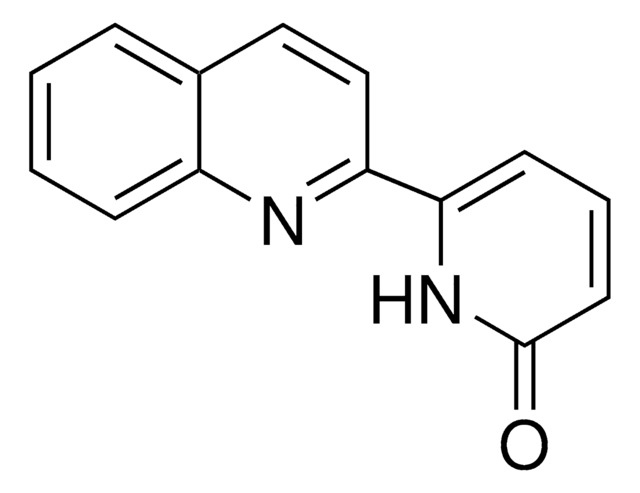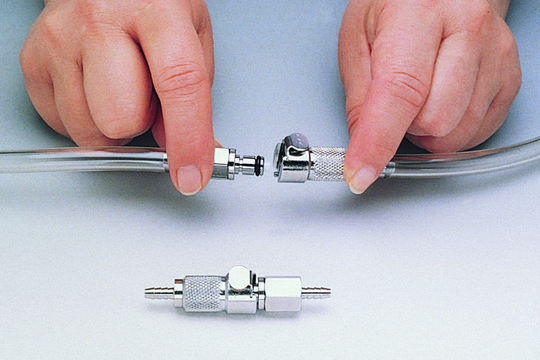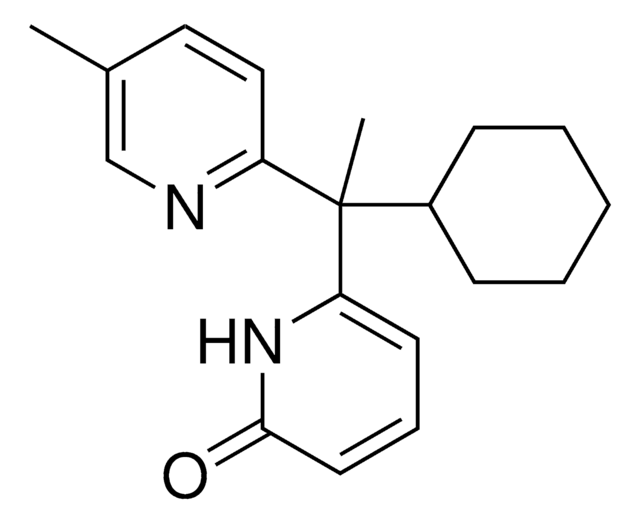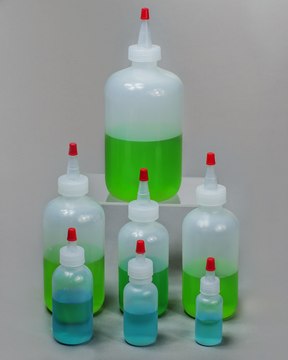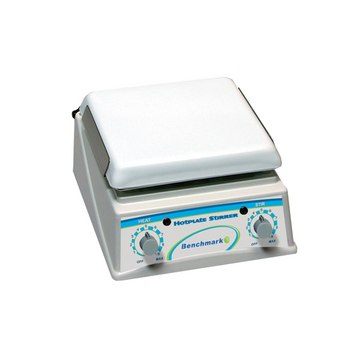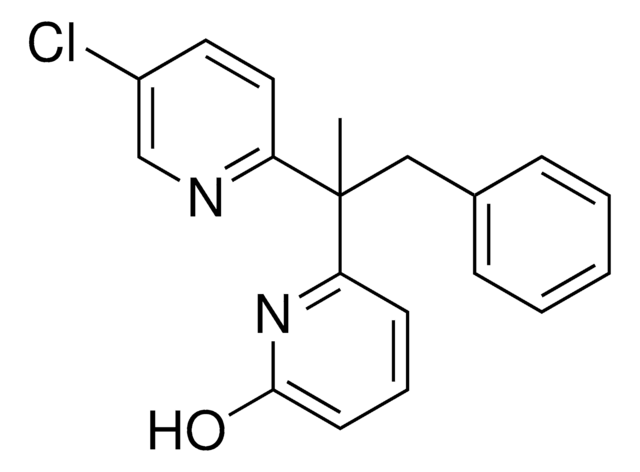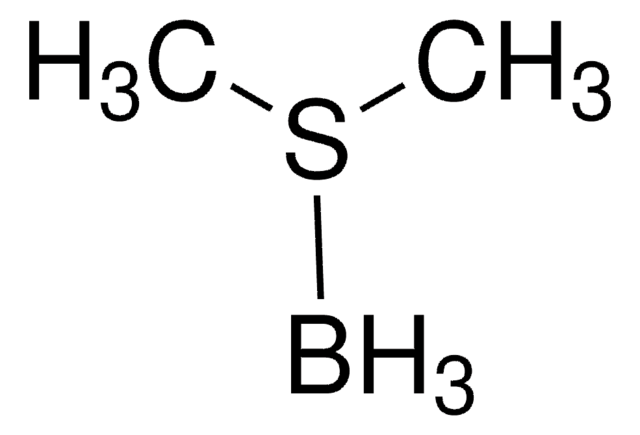推荐产品
应用
This ligand was developed by the Yu lab to enable the Pd-catalyzed dehydrogenation of aliphatic carboxylic acids through a typically challenging activation of the β-methylene C-H bond. This method is chemoselective to carboxylic acids even in the presence of other enolizable functional groups, and may also viably utilize molecular oxygen as the terminal oxidant for the transformation.
储存分类代码
11 - Combustible Solids
WGK
WGK 3
闪点(°F)
Not applicable
闪点(°C)
Not applicable
法规信息
新产品
Zhen Wang et al.
Science (New York, N.Y.), 374(6572), 1281-1285 (2021-11-12)
Dehydrogenative transformations of alkyl chains to alkenes through methylene carbon-hydrogen (C–H) activation remain a substantial challenge. We report two classes of pyridine-pyridone ligands that enable divergent dehydrogenation reactions through palladium-catalyzed β-methylene C–H activation of carboxylic acids, leading to the direct
Zhen Li et al.
Science (New York, N.Y.), 372(6549), 1452-1457 (2021-11-30)
Hydroxylation of aryl carbon-hydrogen bonds with transition metal catalysts has proven challenging when oxygen is used as the oxidant. Here, we report a palladium complex bearing a bidentate pyridine/pyridone ligand that efficiently catalyzes this reaction at ring positions adjacent to
我们的科学家团队拥有各种研究领域经验,包括生命科学、材料科学、化学合成、色谱、分析及许多其他领域.
联系技术服务部门